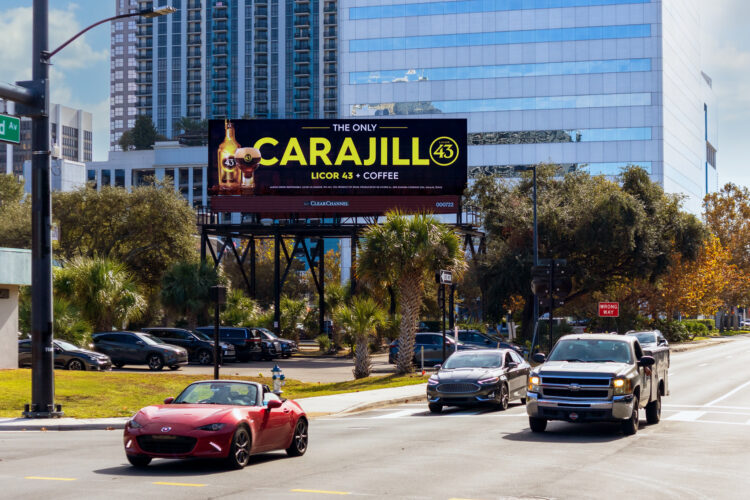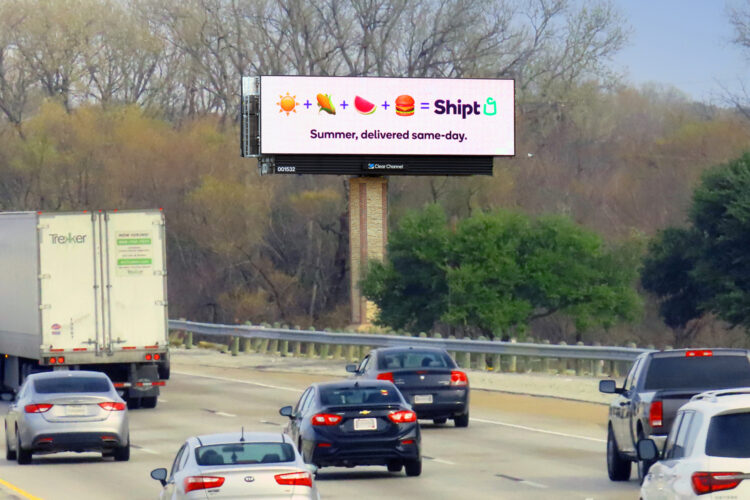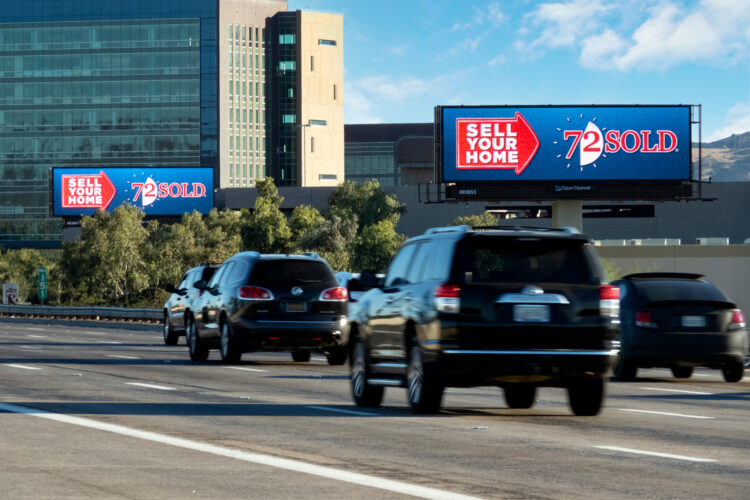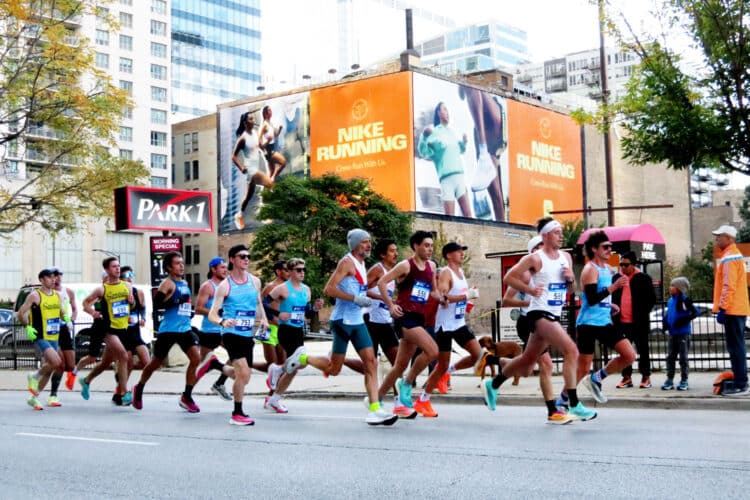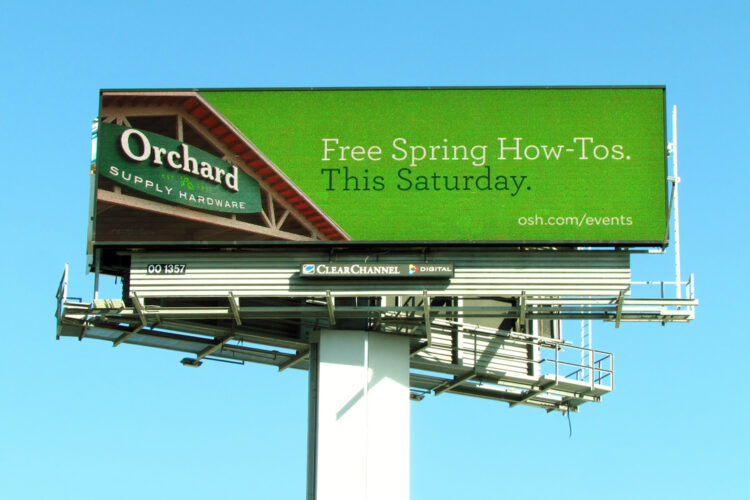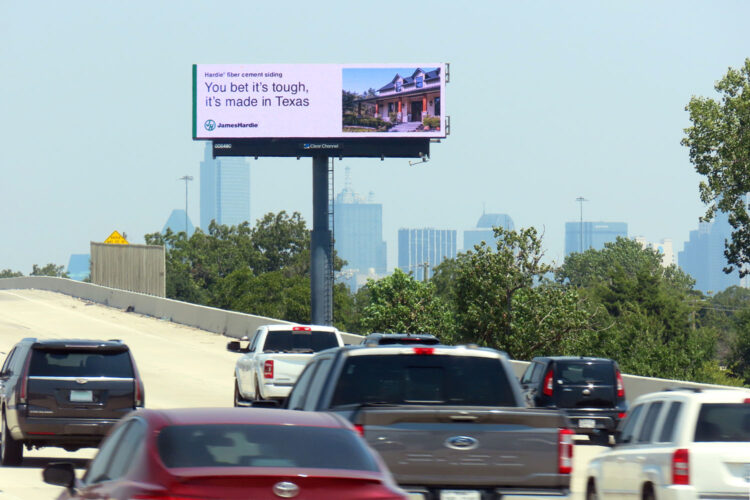Printed vs. Digital Billboards: How to Choose the Right Format for Your Campaign
We unpack the differences between printed and digital billboards, exploring creative strengths, how each format supports campaign goals, and how combining both can boost flexibility, reach, and results.
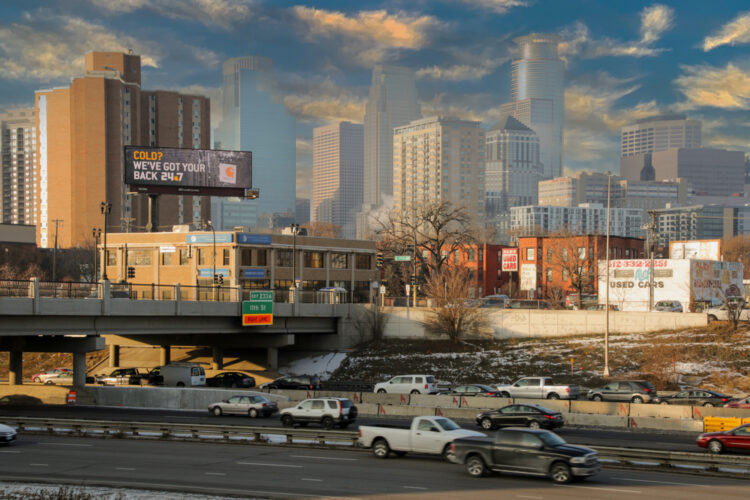
Out-of-home (OOH) advertising continues to be a powerful channel for reaching audiences where they live, work, and travel. But with so many format options available today, from classic printed boards to high-impact digital displays, it’s important for marketers to understand the differences between them and how to use each strategically. Whether you're planning a brand-building campaign or a time-sensitive promotion, the right mix of printed and digital billboards can amplify your message and maximize your impact.
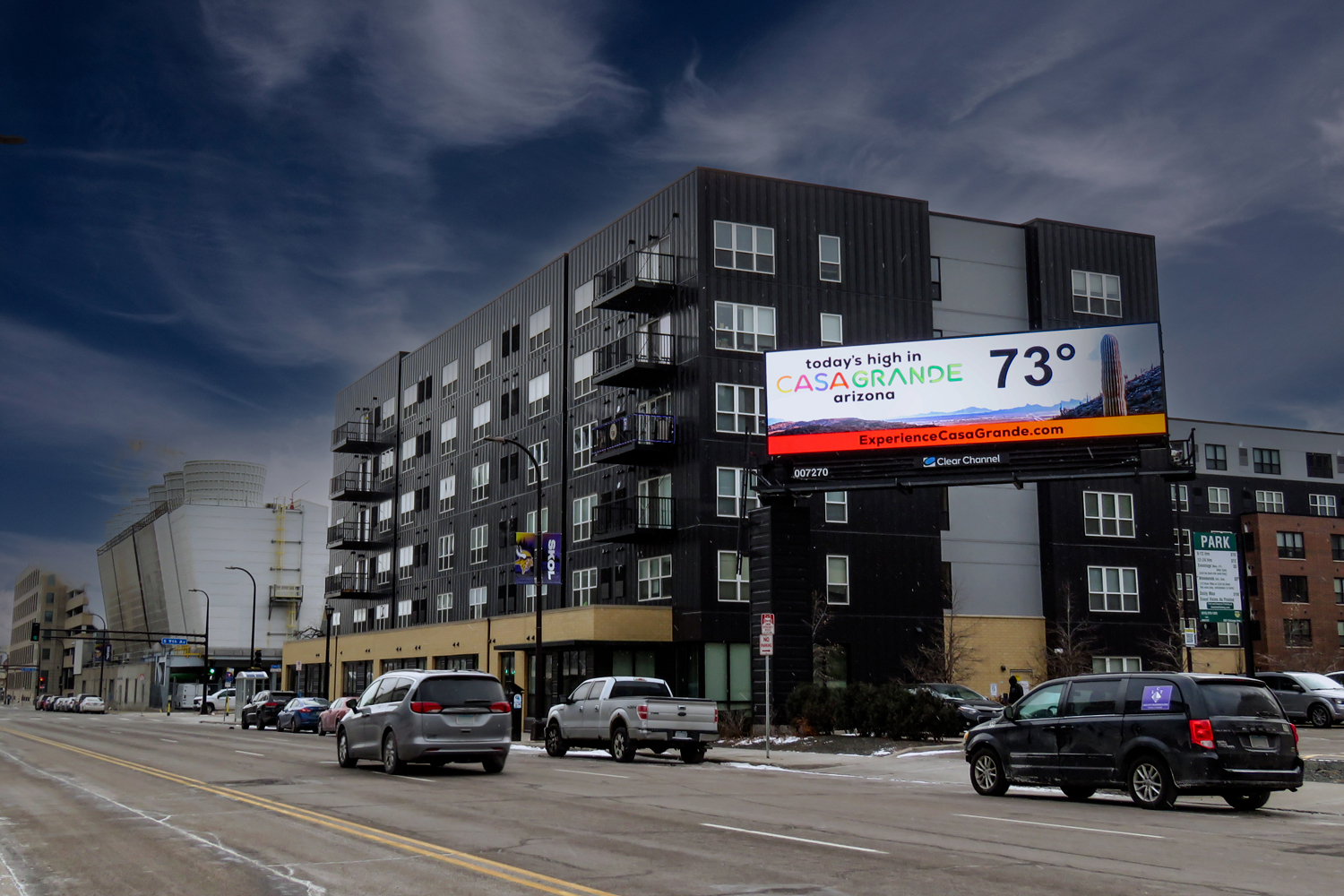
What are printed billboards?
Printed billboards encompass traditional, non-digital formats such as posters and the iconic 14’ x 48’ bulletin. However, this category includes many other sizes and styles. Larger printed formats include Wallscapes and Printed Spectaculars in high-traffic areas like Times Square and Sunset Blvd. Smaller formats encompass Posters, Premiere Panels, and Transit Shelters. Some out-of-home providers, such as Clear Channel Outdoor, also offer printed transit options like Bus, Train, or Trolley wraps in select markets.
These printed displays provide 24/7 visibility, 100% share of voice (SOV), and are ideal for long-running campaigns, brand awareness, and location-specific messaging.
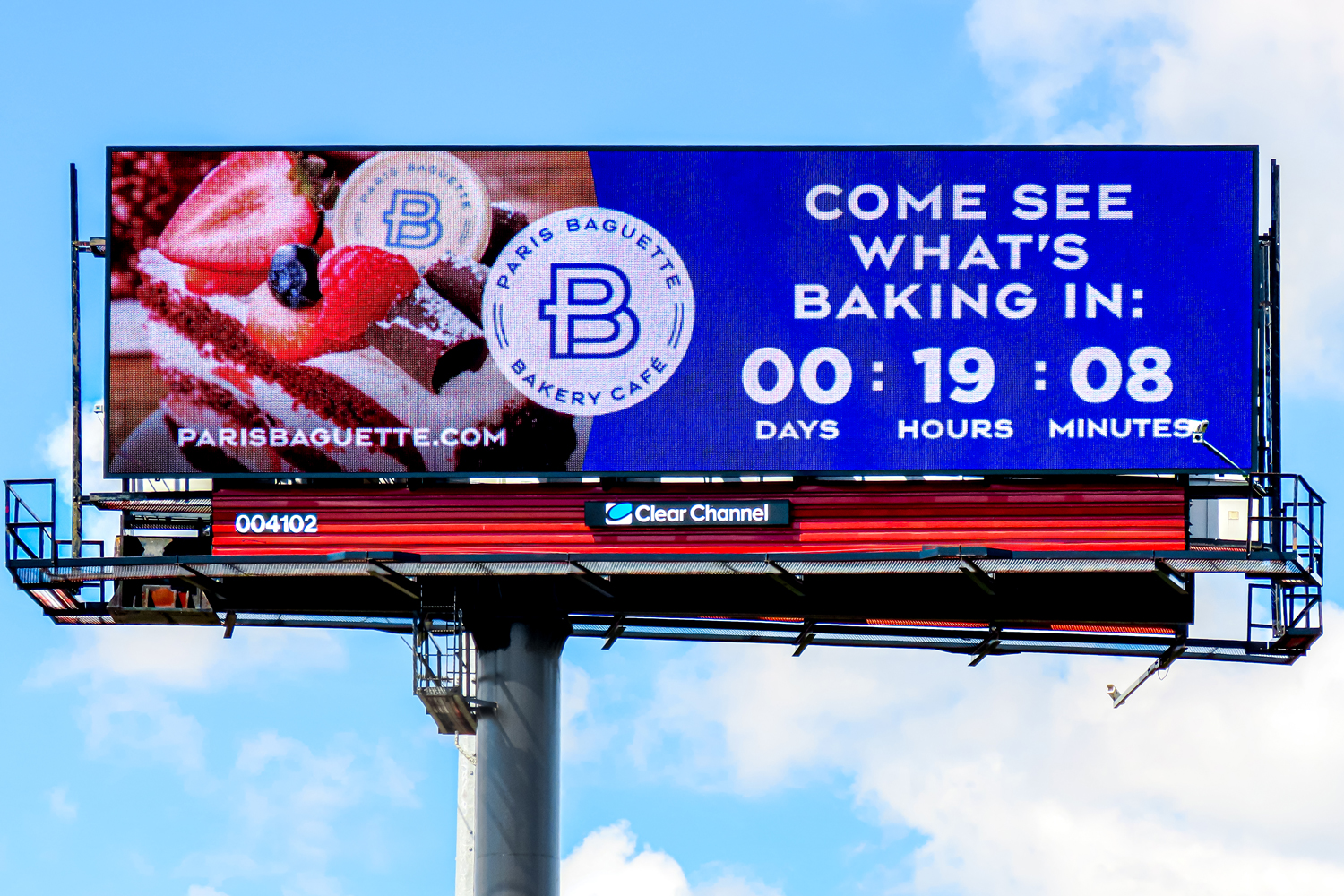
What are digital billboards?
Digital billboards (also called Digital OOH, or DOOH) are large-format digital screens that rotate multiple ads in time slots, typically 8 seconds per ad. Unlike printed billboards where you're getting 100% SOV with a single creative, digital formats offer more flexibility in both scheduling and creative. Digital displays feature ads from multiple advertisers and/or multiple creatives from the same brand, each with a set number of scheduled impressions.
Digital assets enable real-time creative updates, dayparting (scheduling ads to run at specific times of the day to reach audiences when they're most likely to be receptive, like morning commutes or lunchtime hours), event-based targeting, and a quick activation timeline, often within 48 hours at CCO. Digital formats come in a range of shapes and sizes, including Digital Bulletins, Digital Premiere Panels, Digital Transit Shelters, and Full-Motion Digital Spectaculars.
These displays often include dynamic capabilities such as creative variations based on weather, traffic, time of day, or event context. They also support features like countdowns, live scoring, social media feeds, and anamorphic creative effects for high-impact moments.
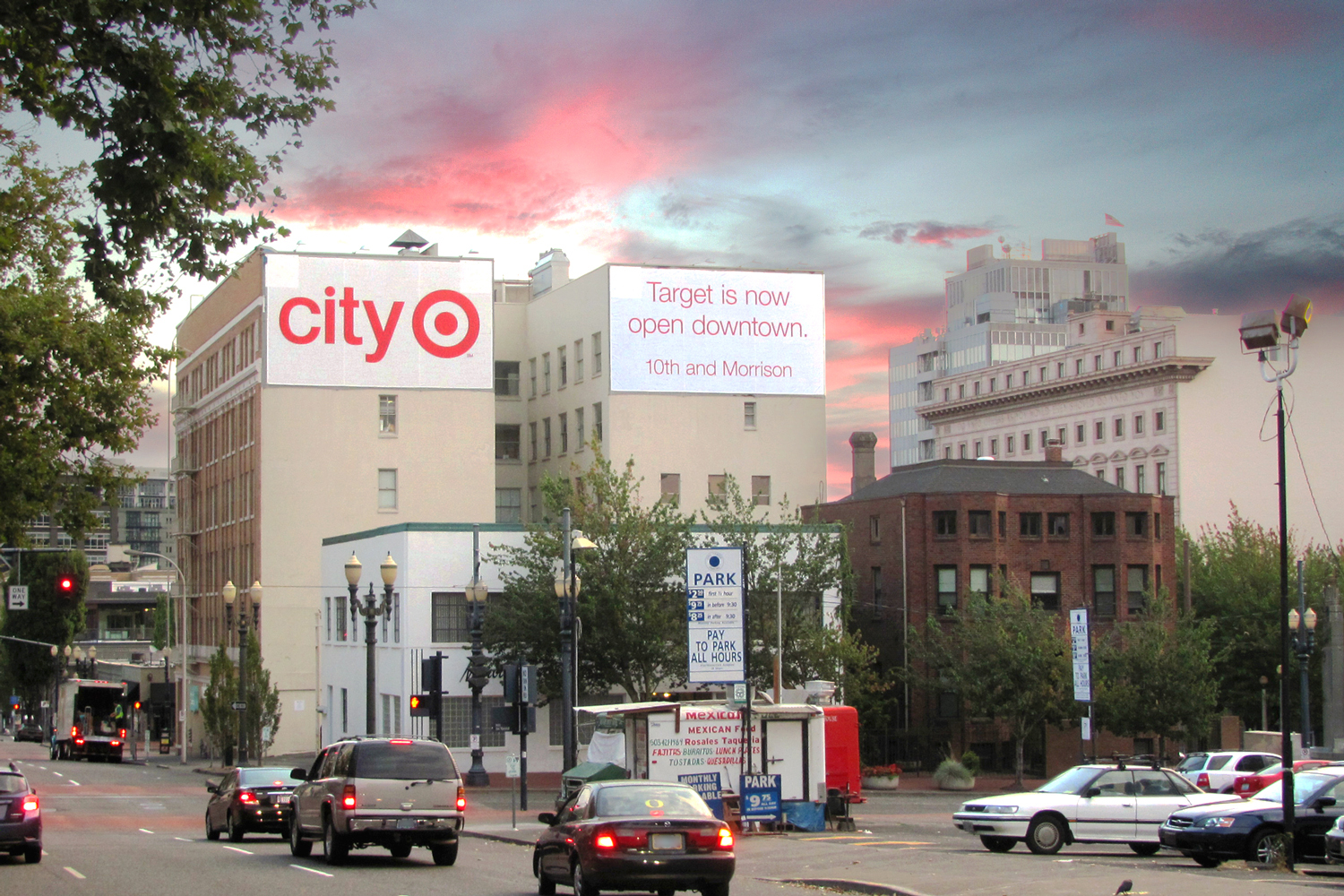
When to use printed billboards
Printed billboards are the preferred option when your goal is consistent, long-term exposure with a single strong message. They are especially effective on highways and major roadways. Some markets and municipalities restrict or limit the presence of digital billboards, and if your business operates in these areas, printed billboards are a great way to establish consistent local brand presence.
Consider printed formats for:
- Brand-building campaigns
- Product launches
- New store openings or driving visits to existing locations
- Geographically targeted awareness
Printed billboards also offer custom creative options like:
- Extensions: Cut-outs that extend beyond the standard billboard frame to add dimension and visual impact.
- Pole embellishments: Decorative elements wrapped around or attached to the billboard’s support pole to reinforce the campaign theme.
- Inflatables: 3D inflatable structures mounted on or around the billboard to create a bold, attention-grabbing effect.
- Rope lighting: Outlines or accents made with LED rope lights to make the message stand out, especially at night.
- UV inks and day-to-night effects: Special inks that reveal different visuals or lighting effects depending on the time of day.
These elements can elevate your message and generate added buzz.
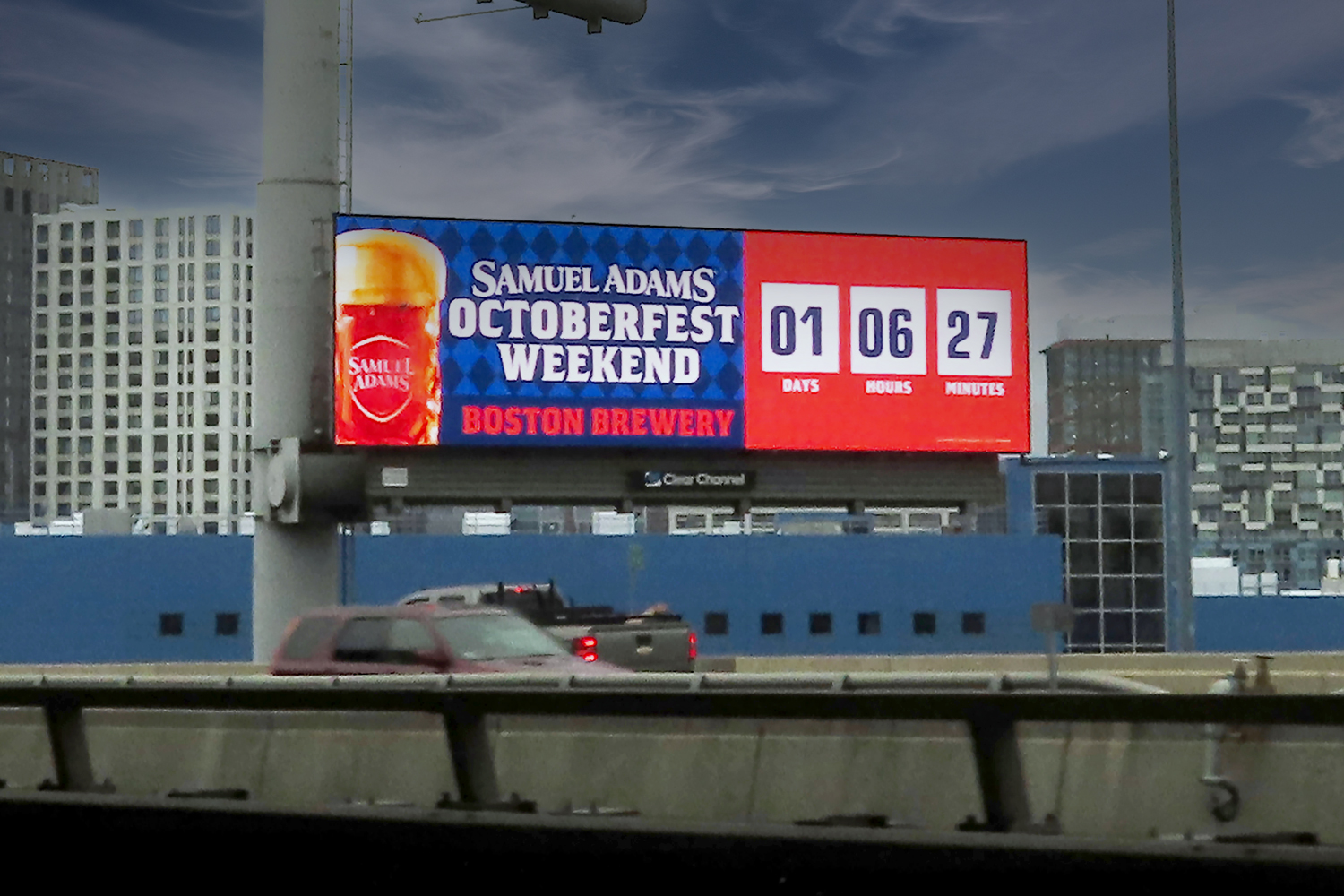
When to use digital billboards
Digital billboards shine when your campaign needs efficient market-wide coverage with the added benefit of flexibility. Acting as a supplement or alternative to TV and radio, DOOH delivers broadcast-scale reach across an entire market, while also allowing for dynamic creative updates, dayparting, and contextual targeting.
Digital displays are most effective for:
- Delivering broadcast-level reach across a market
- Acting as an efficient supplement or replacement for TV, radio, or other mass media
- Running time-sensitive and contextually targeted campaigns
Unique digital capabilities include:
- Anamorphic visuals: 3D-style creative that appears to pop off the screen when viewed from a specific angle, creating an immersive effect.
- Live countdowns: Real-time digital timers that build urgency by counting down to events, launches, or deadlines.
- Dynamic feeds(weather, social, scoring): Real-time content updates that change based on live data like weather, social media, or sports scores.
- Market takeovers with Roadblocks: Clear Channel Outdoor’s Roadblock solution allows advertisers to own 100% of digital displays across a market, or even nationally, for a set moment in time, creating unmatched impact and exclusivity.
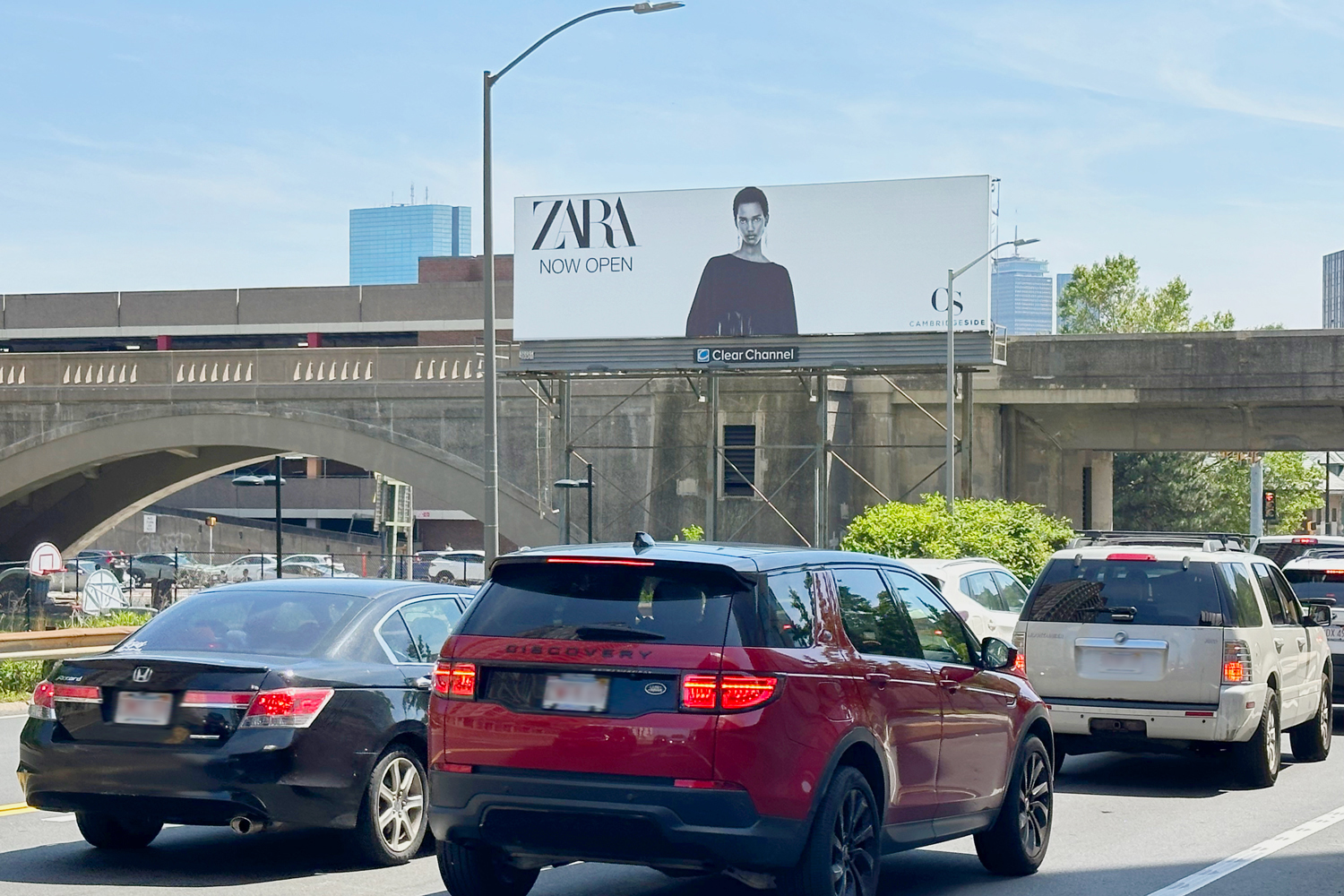
Why brands use both
Many marketers opt for a hybrid approach, using both printed and digital billboards to build a full-funnel strategy. Printed formats offer longevity and scale, while digital adds speed, adaptability, and contextual relevance.
Together, they create:
- Broader reach
- Stronger brand recall
- Better conversion opportunities across diverse consumer touchpoints
Final thoughts
Choosing between printed and digital billboards isn’t an either/or decision, it’s about identifying the right format (or combination) that aligns with your campaign goals, creative needs, and audience behavior. With the right strategy, both can deliver exceptional results for your brand.

Tyler Lorey
Manager, Product Marketing & Marketing Solutions
Tyler Lorey shapes the company’s go-to-market story and supports revenue growth through sales-driven initiatives. He partners with national sales and regional marketing teams to develop materials around key opportunities and events, while elevating client and local market success stories through engaging social media content. Tyler also plays a key role in Clear Channel's product marketing strategy, showcasing the value of its solutions and innovations for advertisers. He began his career as an account manager at a fast-growing advertising agency and later moved into managing marketing strategy and content for a wholesale distributor. A graduate of Clemson University, Tyler enjoys golfing and spending time outdoors.
More by TylerExplore More Posts
The Roadblock Strategy: Why the Best Advertising Can’t Be Skipped
In a world of skip buttons and endless scrolling, billboard advertising remains unavoidable. Digital Roadblocks take out-of-home’s innate advantages and amplify them, concentrating presence into synchronized moments that cover entire markets and drive exponential impact.
4 min
In a Fractured Media World, OOH Is the Proven, Essential Medium in the Mix
Out-of-Home (OOH) advertising is increasingly vital in a fragmented media landscape where traditional channels face challenges like ad avoidance and brand safety. Recent studies demonstrate that OOH not only breaks through consumer attention barriers but also drives key brand metrics without many of the challenges common in digital ads.
6 min
OOH Spring Campaigns: Creative Strategies to Make Your Brand Blossom in 2026
Spring brings a renewed mindset for consumers, focused on fresh starts, special moments, and new purchases. Brands can capture this energy with billboard campaigns that inspire action during the season.
2 min
How to Choose the Right Billboard Locations: 6 Data-Backed Tips for Success
Location can make or break a billboard campaign. Clear Channel Outdoor (CCO) has tips and data-backed solutions to help your ad reach the right audience at the right time.
